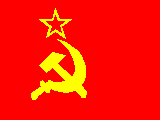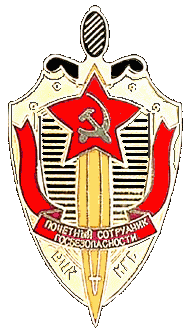





 Personnel
PersonnelParty personnel policy toward the KGB was designed not only to ensure that the overall security needs of the state were met by means of an efficient and well-functioning political police organization but also to prevent the police from becoming too powerful and threatening the party leadership. Achieving these two goals required the careful recruitment and promotion of KGB officials who had the appropriate education, experience, and qualifications as determined by the party. Judging from the limited biographical information on KGB employees, the Komsomol and the party were the main sources of recruitment to the KGB. Russians and Ukrainians predominated in the KGB; other nationalities were only minimally represented. In the non-Russian republics, KGB chairmen were often representatives of the indigenous nationality, as were other KGB employees. In such areas, however, KGB headquarters in Moscow appointed Russians to the post of first deputy chairman, and they monitored activities and reported back to Moscow.
Career patterns indicate that the KGB was a highly professional bureaucratic group with distinct characteristics that set it off from other Soviet elites. After the purges at the top levels of the police apparatus and the introduction of party and other cadres into the newly created KGB in 1954, the influx of outsiders was small, except at the very highest levels. Turnover rates were low in the KGB as compared with other bureaucracies, and KGB officials enjoyed security of tenure, as well as numerous material rewards. The KGB became--and in the 1980s remained--a closed bureaucracy of specialists, similar to the military. The homogeneity of their backgrounds and their sense of eliteness created a strong esprit de corps among KGB officials.
Data as of May 1989
